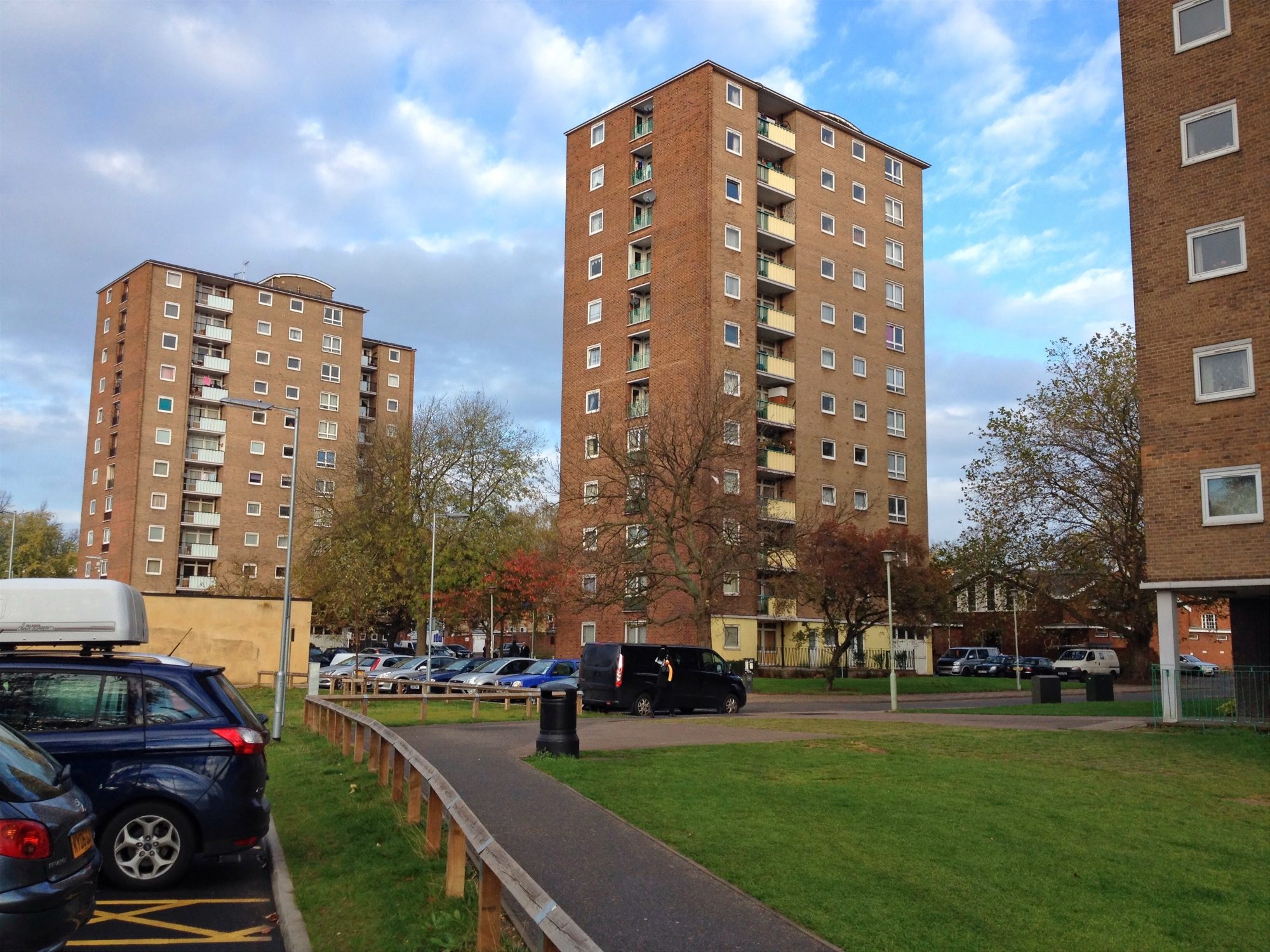In the midst of a housing crisis, why is the planning system failing, and what does this mean for the communities it is supposed to serve?
Few would disagree that there is an urgent need for new homes that are sustainable and affordable, both to meet the needs of a growing population and to replenish our ageing housing stock.
But, with delays in the planning system choking supply and the UK government that has now backtracked on its stated target for housing delivery in England, the need to address the issues constraining the supply of new homes to meet that need is becoming critical.
In 2021, only 216,000 new homes were built
In 2021, only 216,000 new homes were built (1), falling far below the manifesto commitment of 300,000 homes a year by the mid-2020s. This target has now been scrapped as Prime Minister Rishi Sunak dilutes the UK Government’s housebuilding pledge.
It is estimated that tens of thousands of plots are currently ‘stuck’ in the planning system (2), with little being done to remedy this or address the lack of resources in local planning departments. Over the last ten years, over 2.5 million units have been given the green light by UK councils, but only 1.5 million have been built (3).
Since the local elections in Hertsmere and Amersham & Chesham, the government has bowed to local pressure and backtracked on much-needed planning reforms aimed at simplifying and streamlining the planning process.
“Uncertainty about the future planning system and delays to planning reforms have had a ‘chilling effect’ on housebuilding and created uncertainty for housebuilders and planners.”
This is despite a report (4) from the House of Lords Built Environment Committee, which stated that “Uncertainty about the future planning system and delays to planning reforms have had a ‘chilling effect’ on housebuilding and created uncertainty for housebuilders and planners.”
UK government and the failing planning system
In last year’s Queen Speech, the government announced that it intended to introduce reforms as part of its levelling up agenda that will provide local councils and constituents with more control over a planning process that is already highly politicised.
But even this ambition has been thwarted by backbenchers opposed to mandatory housing targets and the five-year land supply rule introduced to ensure that sufficient sites were allocated for development to meet the demand for five years of housing.
To quote Robert Colvile from the Centre of Policy Studies, “The(se) proposals could cut the number of homes being built by 20% to 40%, potentially more because the industry was already being affected by recession and interest rate rises.”
Putting politics before planning
What is needed is leadership from the UK government and a coherent housing policy that, amongst other things, addresses the issues with our planning system.
Issues were laid bare in a research paper published by the Royal Town Planning Institute in 2019 entitled ‘Resourcing Public Planning’ (5) which called for ‘significantly increased resourcing to deliver better development management, strong and informed planning policy, genuine community participation, pro-active local authority-led development and a wider range of built environment professionals in the public sector’. It is three years since the paper was published, but nothing has changed.
Putting politics before planning is failing the very communities that the planning system is there to serve
Housing is a societal need, but it also underpins economic growth. Putting politics before planning is failing the very communities that the planning system is there to serve.
References
1 https://researchbriefings.files.parliament.uk/documents/CBP-7671/CBP-7671.pdf
4 https://committees.parliament.uk/publications/8354/documents/85292/default/
5 https://www.rtpi.org.uk/policy/2019/november/resourcing-public-planning/
Written by Paul Nash, Construction Consultant, Jansons Property











